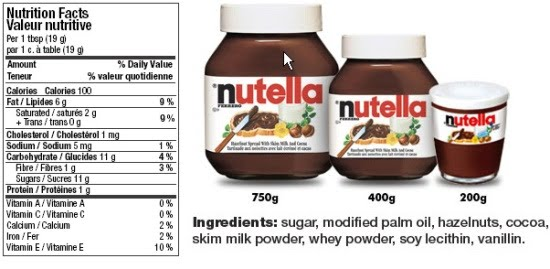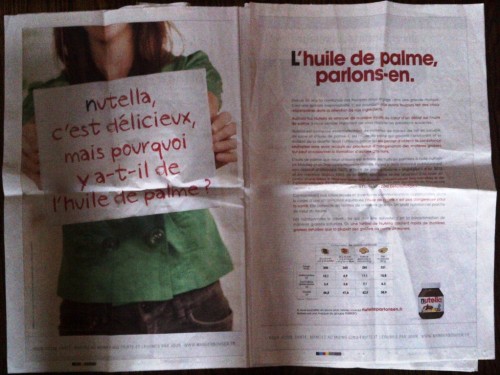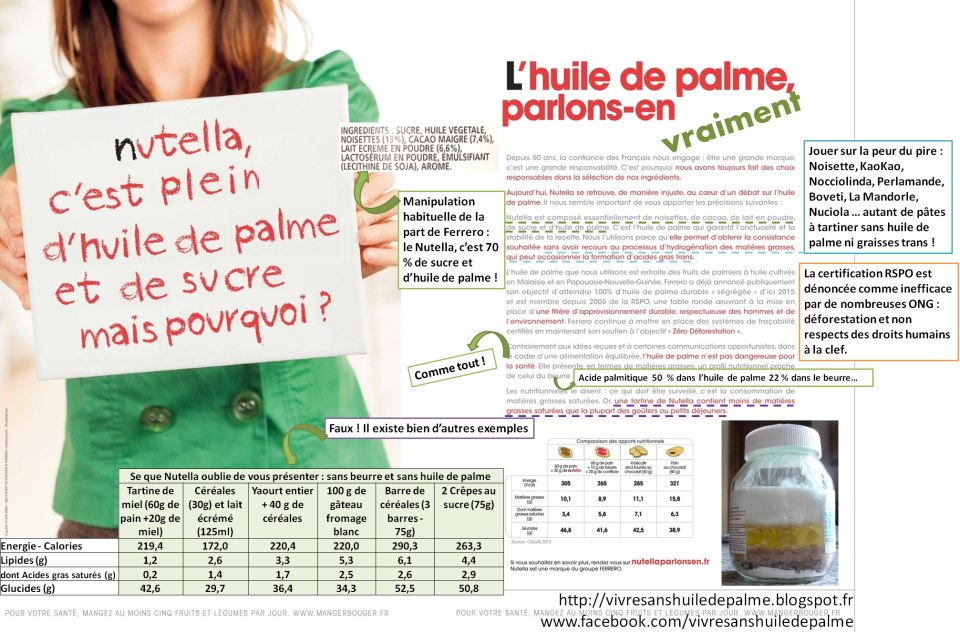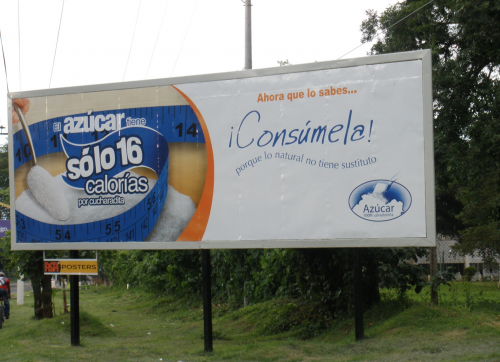The latest study on the evils of High Fructose Corn Syrup (HFCS) so annoys the Corn Refiners Association that it broke the study’s embargo.
Reporters were not supposed to write about the study until today, but the Corn Refiners issued a press release yesterday: “Caution: New Study Alleging HFCS-Diabetes Link is Flawed and Misleading.”
The New York Times quickly posted its own pre-embargo account.
Why the fuss? The study reports that countries with the highest levels of HFCS in their food supplies also have a 20% higher prevalence of diabetes in their populations. This is a correlation between HFCS and diabetes. It does not mean that HFCS causes diabetes—an important distinction.
But the authors’ press release (sent to me in an e-mail message) makes it sound like causation. They say (also see Dr. Goran’s comments added to this post below):
HFCS appears to pose a serious public health problem on a global scale,” said principal study author Michael I. Goran…The study adds to a growing body of scientific literature that indicates HFCS consumption may result in negative health consequences distinct from and more deleterious than natural sugar.
This conclusion is based on their observations that the amounts of other sugars in the food supplies of countries with high and low HFCS are about the same. But HFCS is a form of sugars that adds to total sugar availability.
The authors obtained information about diabetes and obesity prevalence and HFCS and other dietary factors in the food supply from existing sources of data, all of them questionable. The data do not distinguish between type 1 and type 2 diabetes, for example, and the two different sources of data on diabetes prevalence give different results.
Inconsistencies abound. For example, Mexico has more diabetes than does the U.S., but rather low HFCS availability (Mexicans prefer sucrose in their sodas). Some countries with high diabetes rates report no HFCS availability at all.
As with all correlational studies, something else could be going on that causes HFCS, sugars of all types, and diabetes to increase.
That was the point I was trying to make when I spoke to Stephanie Strom of the New York Times:
“I think it’s a stretch to say the study shows high-fructose corn syrup has anything special to do with diabetes,” Dr. Nestle said. “Diabetes is a function of development. The more cars, more TVs, more cellphones, more sugar, more meat, more fat, more calories, more obesity, the more diabetes you have.”
She noted that the study “falls right in the middle of the Corn Refiners fight with the Sugar Association,” a reference to the legal war being waged between the two industry groups over the marketing of high-fructose corn syrup.
The Corn Refiners press release quotes its president, Audrae Erickson:
This latest article by Dr. Goran is severely flawed, misleading and risks setting off unfounded alarm about a safe and proven food and beverage ingredient. There is broad scientific consensus that table sugar and high fructose corn syrup are nutritionally and metabolically equivalent…The bottom line is this is a poorly conducted analysis, based on a well-known statistical fallacy, by a known detractor of HFCS whose previous attack on the ingredient was deeply flawed and roundly criticized.
Whew.
Yes, HFCS is sugar(s)—glucose and fructose. So is table sugar (sucrose).
But the bottom line goes for both: Everyone would be better off eating less sugar(s).
Addition to post: Dr. Goren wrote two e-mails to me in response. With his permission, they follow.
Hi Marion,
I saw your comments in the NYT article that was published about our global HFCS paper.
You say that: “Diabetes is a function of development. The more cars, more TVs, more cellphones, more sugar, more meat, more fat, more calories, more obesity, the more diabetes you have.”
I wanted to mention that an often overlooked issue is that obesity is not the only factor contributing to type 2 diabetes and even the causal link between obesity and type 2 diabetes is unknown. Other factors include inflammation, oxidative stress, insulin resistance etc. In the study that was done with my colleague at the University of Oxford, the countries with high and low/zero HFCS were matched for obesity levels as well as total calorie and sugar availability. In essence this allowed us to isolate the effects of HFCS as a contributing factor, independent of obesity and the other factors that you mention that are related to obesity. I agree, as stated in the paper, that the ecological type analysis has its limitations, but in the case of HFCS it provided an opportunity to study its effects at the broader macro level. We did this because it is impossible to evaluate individual levels of HFCS consumption because we don’t know specifically how much is added to food/beverages.
The main critique of our study from the corn refiners association is based on their assertion that fructose and glucose are the same when in fact its textbook knowledge that their metabolic fate/pathways are very different. The CRA now says that sucrose and HFCS are “almost identical”. Almost identical acknowledges that they are different in some way which they are. Its a fact that HFCS-55 has at least 10% more fructose than sucrose and our prior study in which we analyzed popular beverages showed this was on average 20% and in some cases as much as 30% higher fructose. The key question in my mind is whether the additional fructose in HFCS is enough (even if its only 10% higher) to tip the balance towards the negative metabolic effects of fructose on health. This is at the heart of the issue and should be the focus of investigation. Our study, with its accepted limitations, adds to the growing body of evidence that the additional fructose coming from HFCS may indeed be enough to tip this balance.
His second message:
Thanks for responding, and yes, I’d be pleased if you added this to your blog – – I think this will be a good addition. The question of whether the extra 10% fructose matters is indeed critical.
We also by the way did analyze total sugars versus diabetes in a much larger data set of 200 countries but the reviewers asked for that to be taken out which we did because we also thought the focus on HFCS would be unique. We also did see a clear relationship between total sugar and diabetes – some of that relationship was mediated by obesity but there also was an independent association between total sugars and diabetes. So, I agree – – both obesity and total sugars contribute to diabetes – – but I also believe, as shown in our paper, that HFCS has a separate link, and that this is probably due to the higher fructose content in HFCS.
Also, you mentioned in your blog that the different estimates of diabetes gave different results. That’s not really correct. The estimates of diabetes were different from each other, but regardless of which diabetes estimate we used, we still found a consistent association between HFCS and the 2 prevalence estimates of diabetes as well as fasting glucose. So in essence the results were validated using different prevalence estimates of type 2 diabetes.







